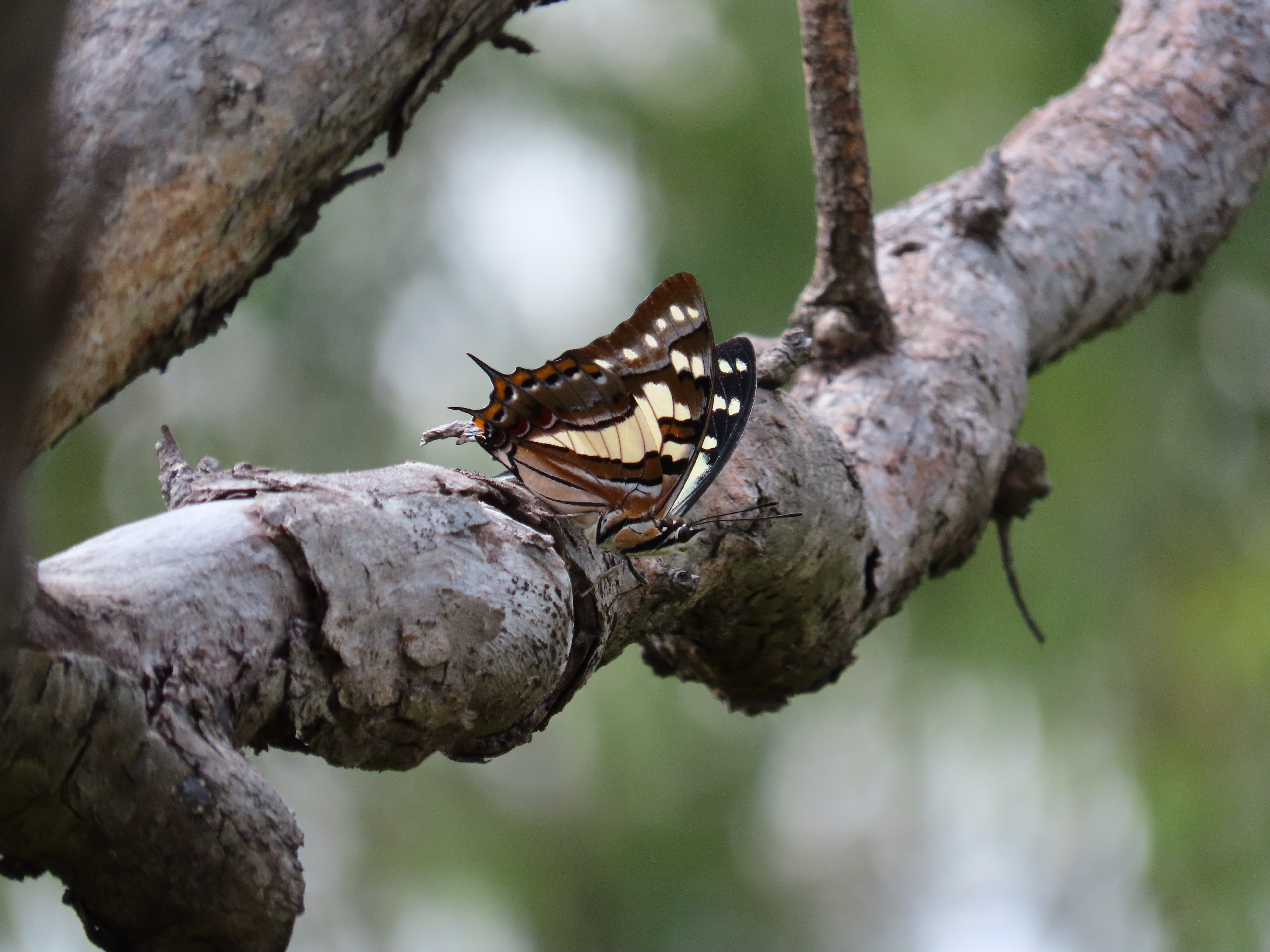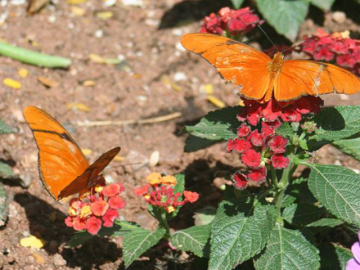Hilltop
Annette Dexter
They come to find each other in the heights —Jezebels, glasswings, chequereds— but I stand here only for emperors, and they have not failed me. One flicks past pleasestop pleasestop pleasestop urgently seeking a forest queen for four-green crowns, for heirs. These are not rajahs/pashas/nawabs; here we have only emperors, Christmas, orange, and tailed. pleasestop pleasestop I came, a turning of the light ago, and of four (sempronius), one in mercy alighted. Lord, I breathed, now let Your servant depart in peace. But here I am again.
The science inspiring the piece:
Some butterfly species exhibit a behaviour known as hill-topping, in which individuals migrate locally to high points in the landscape to find and battle over mates. One of these is the tailed emperor, Charaxes sempronius, a large, fast-flying butterfly that is one of three in this genus in Australia, the others being the Christmas emperor and the orange emperor. These form part of a larger group across Africa and Asia, the rajah and pasha butterflies, in a bigger group again that includes nawab butterflies, all four terms being variations on names for a monarch or ruler. A forest queen is a different kind of butterfly, but I drew on the imagery in picturing what kind of mate a tailed emperor would seek.
Tailed emperor females lay eggs on acacias or Illawarra flame trees. The caterpillars have a dragon-like appearance, with four swept-back, crown-like horns and yellow stripes across the body that assist in camouflage against the leaves.
Hill-topping sites for tailed emperors in south-east Queensland include the summits of Mt Coot-tha and Mt Ngungun, as well as Cunningham's Crest lookout near Laidley. Other butterflies seen at these sites, depending on season, include glasswing butterflies; black and scarlet Jezebels; trident pencil-blues and orchard, dainty, chequered and fuscous swallowtails.

Listen to Annette read the poem


